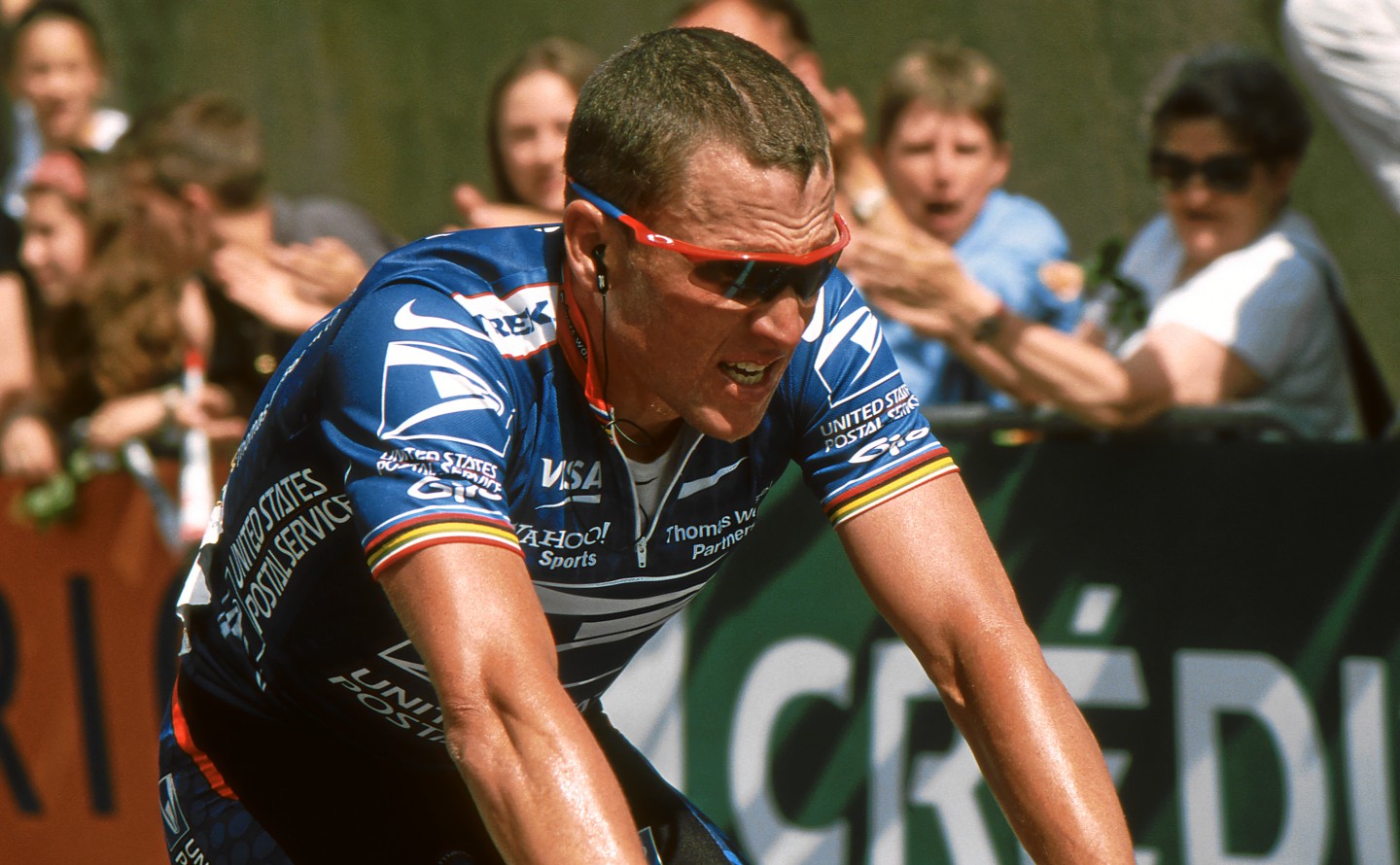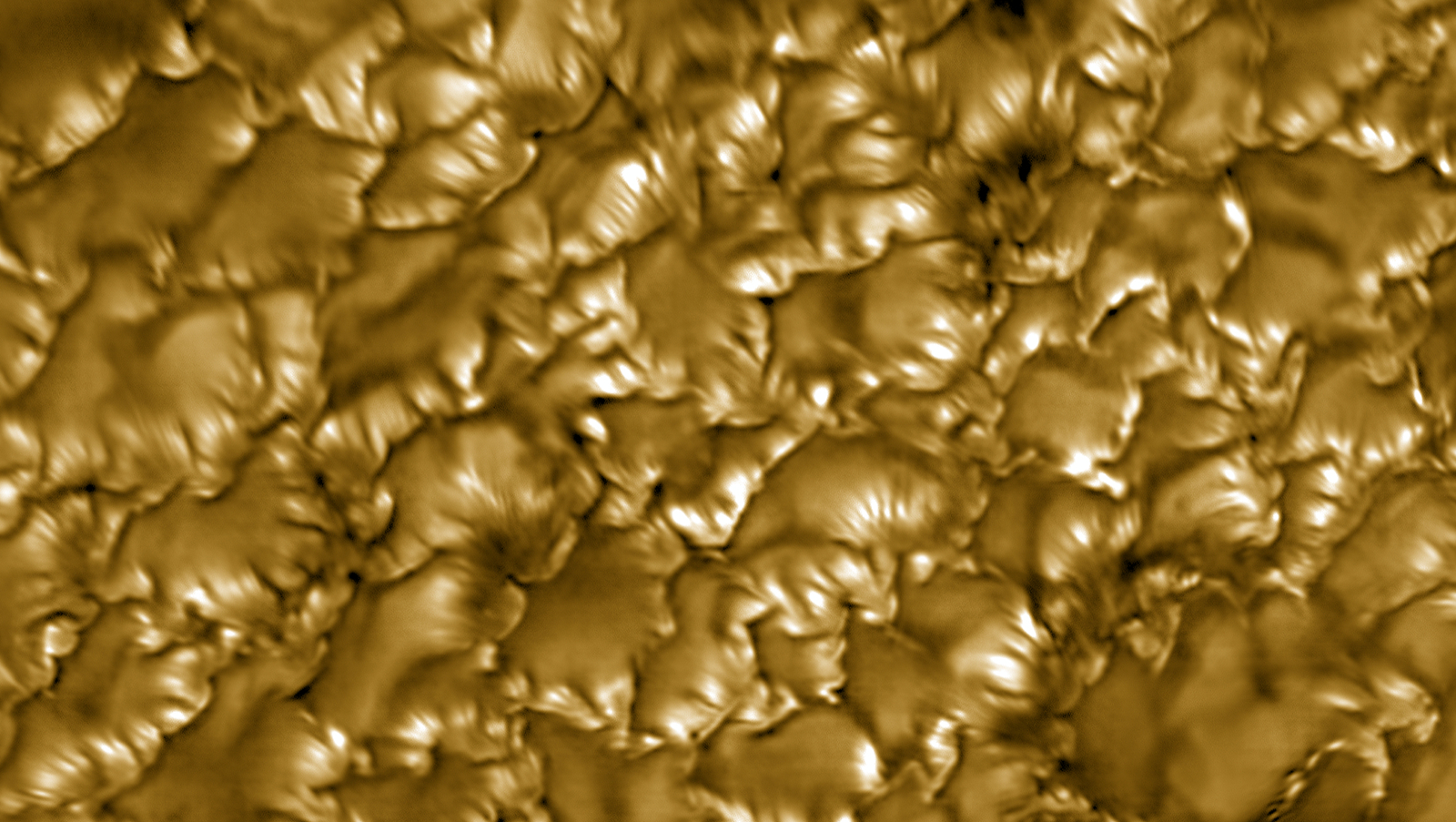How Did Lance Armstrong Avoid a Positive Doping Test?

The evidence presented in the U.S. Anti-Doping Agency's 202-page report on Lance Armstrong's alleged years of doping, scheming, pushing and evading is, according to its authors, "beyond strong." Even so, the case against Armstrong doesn't involve any definitive failed drug tests, a fact that the former seven-time Tour de France winner has long used to shield his claims to innocence.
So if Armstrong is the inveterate doper the USADA claims he is, how did he manage to avoid an unambiguous positive test during more than a decade of pro cycling?
Below is a rundown of the doping practices the USADA accuses Armstrong of using, and an explanation of how, in each case, he might have covered his tracks for so long. [How Did Armstrong Get Busted?]
Erythropoietin (EPO): A synthetic version of this naturally occurring hormone is used by cheating athletes to boost red blood cell counts, a change that temporarily supercharges endurance by increasing muscles' oxygen-carrying capacity. Before 2000, no test existed to distinguish the synthetic version of the hormone from its natural counterpart, so as long as athletes took doses that would keep their hematocrit (a measure of the volume percentage of blood made up of red blood cells) in a plausible range (below 50 percent), they could use this drug with impunity. And the report alleges that Armstrong's pre-2000 team did just that, fueling its 1999 Tour de France win.
But the USADA also claims that Armstrong's abuse of EPO didn't stop after the introduction of a urine test capable of detecting the drug in 2000; it merely took a more covert form. Conspiring doctors, the report alleges, instructed Armstrong and his teammates to inject EPO intravenously (as opposed to subcutaneously, or into an inner layer of skin) and at night, when surprise tests were unlikely. These measures would make it possible for low doses of synthetic EPO to be cleared from a rider's system by the time he woke.
In situations where EPO tests on recently dosed athletes were unavoidable, team doctors also could have injected saline, or salt water, to dilute a rider's blood and quickly drive down hematocrit. This kind of obfuscating saline injection was a common practice for Armstrong and his team, according to the USADA report.
Blood Transfusions: Strategic blood transfusions, in which an athlete re-injects stored backup units of blood for a red blood cell boost, achieve the same effects as synthetic EPO use while avoiding that drug's signature test markers. Since the process involves just an athlete's own blood, it is notoriously hard to detect; but looking for anomalous hematocrit levels was a tester's best shot at finding transfusers when Armstrong was riding. Therefore, pre-test injections of saline would have been just as effective in thwarting detection as for EPO use. The USADA alleges Armstrong and his teammates also used EPO as part of their transfusion cover-ups, stimulating the production of immature red blood cells with small doses of the synthetic drug to balance out elevations in mature red blood cells that are a telltale sign of a transfusion.
Sign up for the Live Science daily newsletter now
Get the world’s most fascinating discoveries delivered straight to your inbox.
Testosterone: Used by athletes to improve muscle mass, muscle recovery and endurance, testosterone occurs naturally in the body. Baseline levels of the hormone vary widely among different people, and one person's levels can vary widely from day to day. So positive tests for synthetic testosterone are based on a weight of evidence, not any surefire marker, and considerable leeway has to be given to ensure that no innocent athletes are punished for natural variations. (Athletes in the 2012 Olympics were allowed four times the normal levels of testosterone before they tripped a drug test.) This testing strategy, though logical, is highly vulnerable to passing over athletes who abuse testosterone in small doses, enough to give them an edge but not a positive test. The USADA alleges Armstrong and his team used just such a low-dose testosterone regimen. The report also claims that a doctor associated with Armstrong created a unique method of testosterone delivery, via an olive oil formulation that riders dribbled under their tongues, specifically designed to narrow the window of detection. [How Steroids Work]
Human Growth Hormone (HGH): Another naturally occurring hormone, HGH is used by athletes to promote muscle growth and recovery. According to Larry Bowers, the science director of the USADA, there were no available tests for HGH at the time of Armstrong's first retirement in 2005, so if Armstrong and his teammates consistently used them before that year, as the USADA claims, they could have avoided detection.
Corticosteroids: These chemicals, also natural hormones with synthetic analogues, can be used by athletes to ease inflammation and promote muscle recovery. Armstrong tested positive for a corticosteroid, cortisone, in 1999, the year of his first Tour de France win. The USADA says a team doctor then fabricated and backdated a prescription for the cortisone to excuse the positive result, claiming that Armstrong had been using cortisone to treat a "saddle sore." Because cortisone is only outlawed among cyclists who don't have a medical need for it, dishonest doctors can easily give cheaters cover under a phony prescription. [Macho Man: 10 Wild Facts About the Male Body]
Saline and plasma transfusions: Injections of plasma (a pale, yellow liquid that makes up a large part of blood) and saline are outlawed because of their usefulness in masking blood transfusions and EPO violations. Armstrong's doctors are alleged to have closely monitored his hematocrit levels to stay a step ahead of testing. Jonathan Vaughters, a former Armstrong teammate, alleges that a team doctor once smuggled a bag of saline directly past an International Cycling Union tester, inside his raincoat, and delivered it to Armstrong just in time to thwart an EPO test.
Follow Life's Little Mysteries on Twitter @llmysteries. We're also on Facebook & Google+.

